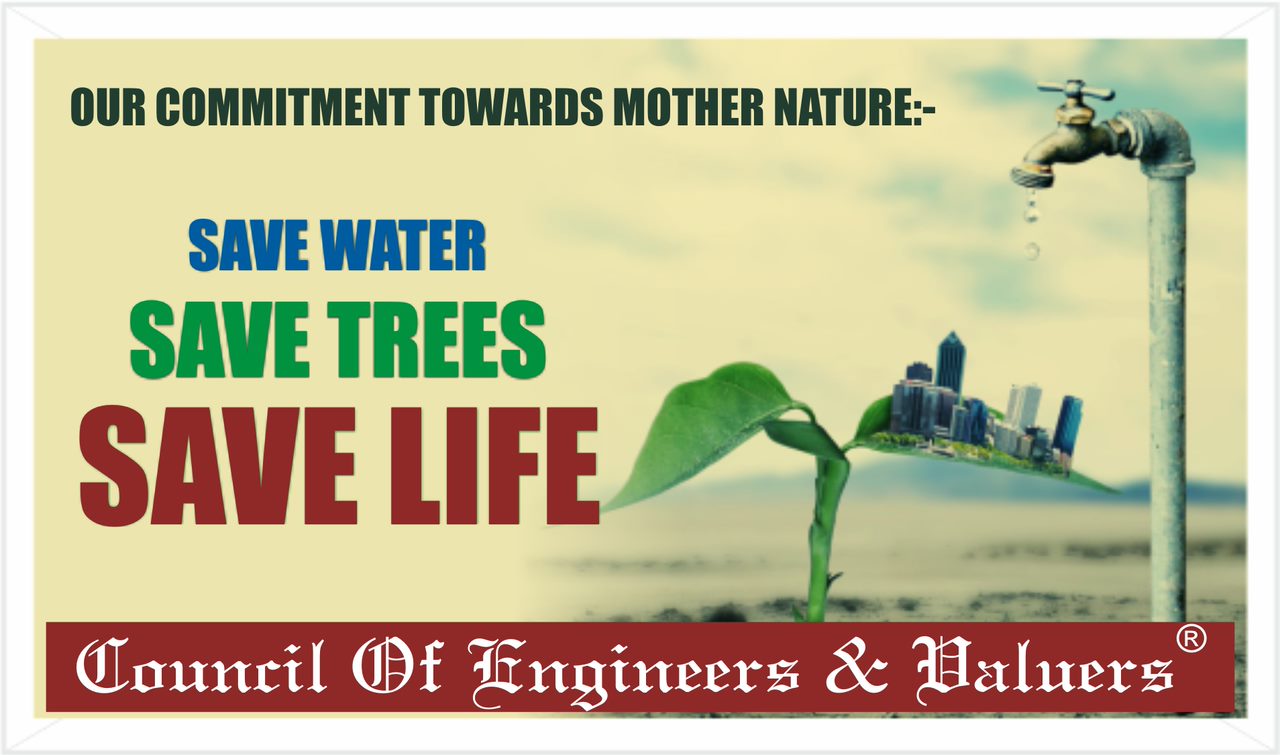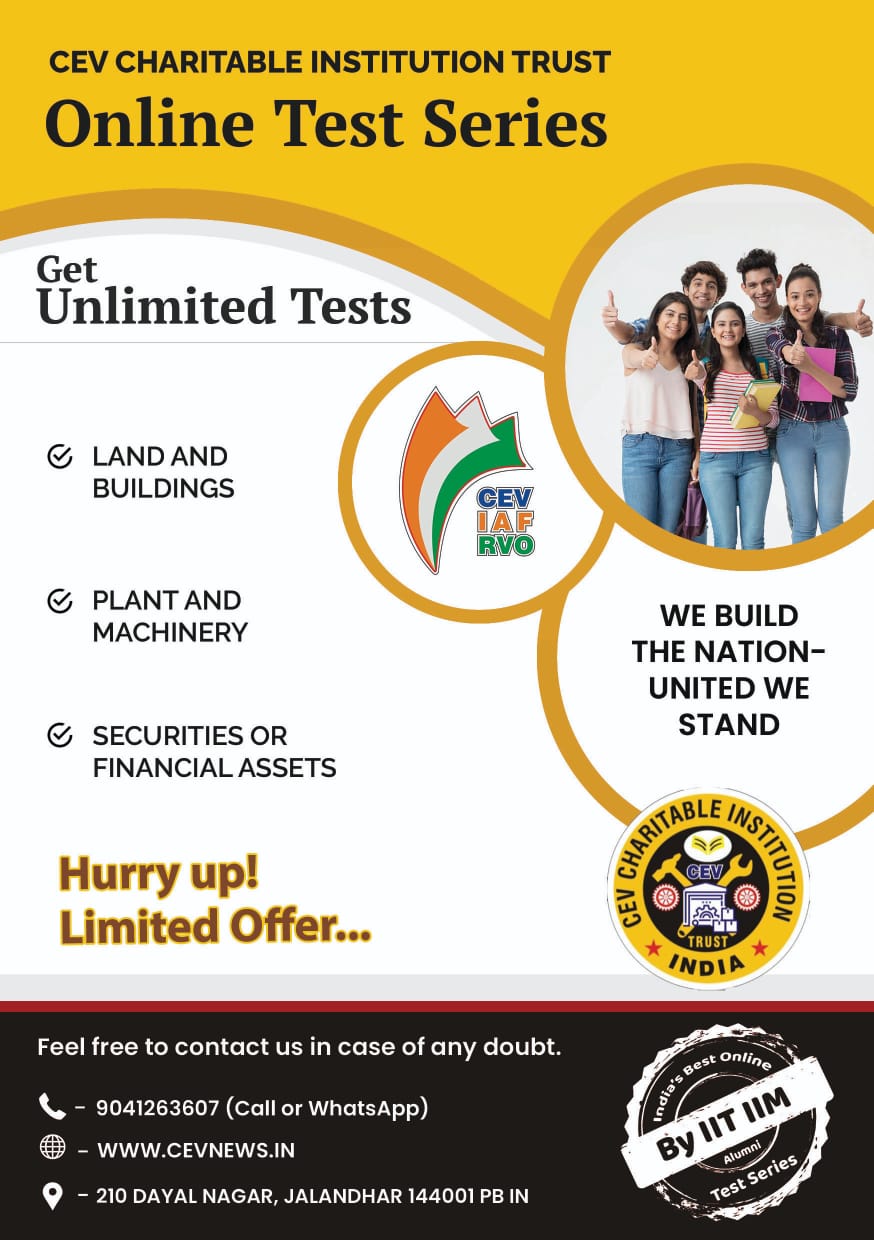DIFFERENT APPROACHES FOR PROBLEM SOLVING
Different approaches for problem solving refer to various methods and techniques that individuals or organizations can use to identify, analyze, and solve problems. These approaches can vary in their focus, methodology, and the tools used to solve the problem.
For example, some approaches may involve a more creative, brainstorming-oriented approach to generate new ideas, while others may focus on using data-driven methodologies to analyze problems and find solutions. Some approaches may prioritize user needs and experiences, while others may focus on reducing waste and improving efficiency in business processes.
Each approach has its own strengths and weaknesses, and the choice of approach will depend on the nature of the problem, the goals of the problem-solving effort, and the resources available. Ultimately, the goal of any approach to problem solving is to find effective and efficient solutions that address the root cause of the problem and lead to positive outcomes.
There are various approaches to problem solving that can be used depending on the type of problem and the situation. Some common approaches include:
- Trial and error: This involves trying different solutions until one works. It is useful when there is no obvious solution or when the problem is simple.
- Brainstorming: This involves generating a large number of ideas, without evaluating them. It is useful when creativity is required, or when there are multiple potential solutions.
- Root cause analysis: This involves identifying the underlying cause of a problem and addressing it. It is useful when the problem is recurring or when it is unclear what is causing the problem.
- SWOT analysis: This involves identifying the strengths, weaknesses, opportunities, and threats related to a problem. It is useful for analyzing a situation or determining a strategy.
- Pareto analysis: This involves identifying the most significant causes of a problem and addressing them. It is useful when multiple factors are contributing to a problem.
- Fishbone diagram: This involves identifying potential causes of a problem and organizing them into categories. It is useful for visualizing the relationships between different factors.
- Six Sigma: This is a data-driven approach that involves reducing variability and eliminating defects. It is useful for improving processes and reducing errors.
- Design thinking: This involves understanding the needs of the user and generating creative solutions. It is useful for developing new products or services.
- Mind mapping: This involves creating a visual representation of ideas and concepts. It is useful for organizing thoughts and generating new ideas.
- Lean methodology: This involves optimizing processes and eliminating waste. It is useful for improving efficiency and reducing costs.




